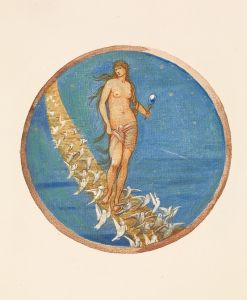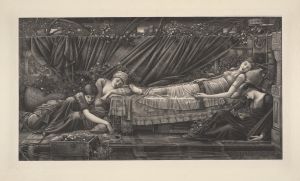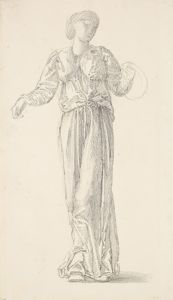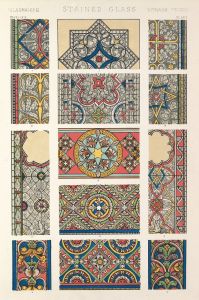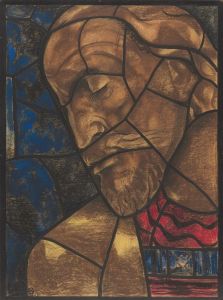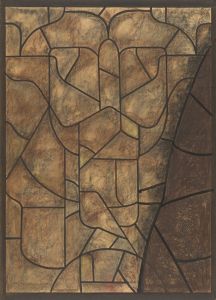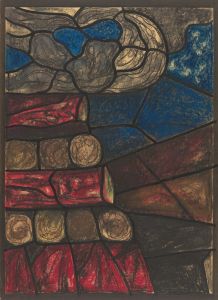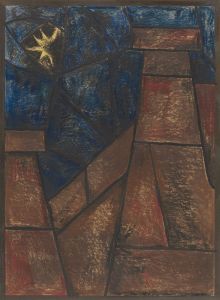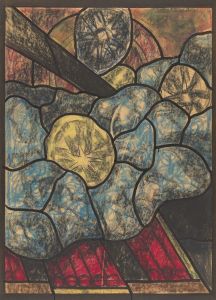
Justice, Study for a stained glass window in Calcutta Cathedral
A hand-painted replica of Sir Edward Coley Burne-Jones’s masterpiece Justice, Study for a stained glass window in Calcutta Cathedral, meticulously crafted by professional artists to capture the true essence of the original. Each piece is created with museum-quality canvas and rare mineral pigments, carefully painted by experienced artists with delicate brushstrokes and rich, layered colors to perfectly recreate the texture of the original artwork. Unlike machine-printed reproductions, this hand-painted version brings the painting to life, infused with the artist’s emotions and skill in every stroke. Whether for personal collection or home decoration, it instantly elevates the artistic atmosphere of any space.
Sir Edward Coley Burne-Jones, a prominent British artist associated with the Pre-Raphaelite Brotherhood, created the artwork titled "Justice, Study for a stained glass window in Calcutta Cathedral." This piece is a preparatory study for a stained glass window intended for St. Paul's Cathedral in Calcutta, now known as Kolkata, India. Burne-Jones was renowned for his contributions to the revival of the medieval art style and his collaboration with the decorative arts company Morris & Co., founded by his close friend William Morris.
The study for "Justice" reflects Burne-Jones's characteristic style, which often featured elongated figures, intricate details, and a dreamlike quality. His works were heavily influenced by medieval art, literature, and mythology, and he often depicted allegorical and biblical themes. The choice of "Justice" as a subject aligns with the symbolic and moral themes prevalent in his oeuvre.
Burne-Jones's involvement in stained glass design was significant, as he played a crucial role in the resurgence of this art form during the 19th century. His designs were known for their vibrant colors, detailed patterns, and the harmonious integration of figures within the architectural space of the windows. The collaboration with Morris & Co. allowed Burne-Jones to translate his artistic vision into the medium of stained glass, which was highly sought after for ecclesiastical and secular buildings during the Victorian era.
The stained glass window for which this study was made was part of a larger commission for St. Paul's Cathedral in Calcutta, a city that was a major center of British colonial administration in India. The cathedral itself, completed in 1847, was designed in an Indo-Gothic architectural style, reflecting the blend of British and Indian influences. The inclusion of Burne-Jones's work in the cathedral highlights the cultural exchange and the spread of British art and architecture during the colonial period.
While specific details about the final execution of the stained glass window in Calcutta are limited, Burne-Jones's studies and preparatory works remain valuable for understanding his artistic process and the development of his designs. These studies offer insight into his meticulous approach to composition and his ability to convey complex themes through the medium of stained glass.
Burne-Jones's legacy in the realm of stained glass and his broader impact on the arts continue to be celebrated. His works are housed in numerous collections and continue to be studied for their artistic and historical significance. The study for "Justice" exemplifies his skill in combining aesthetic beauty with symbolic depth, a hallmark of his contribution to the Pre-Raphaelite movement and the decorative arts of the 19th century.





